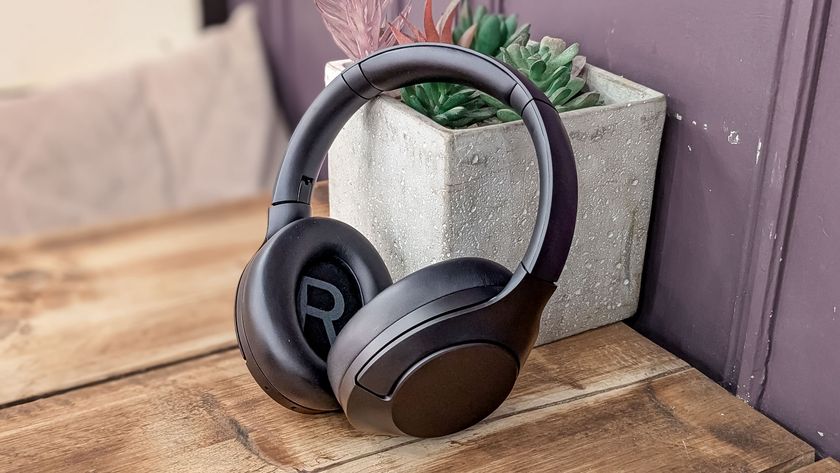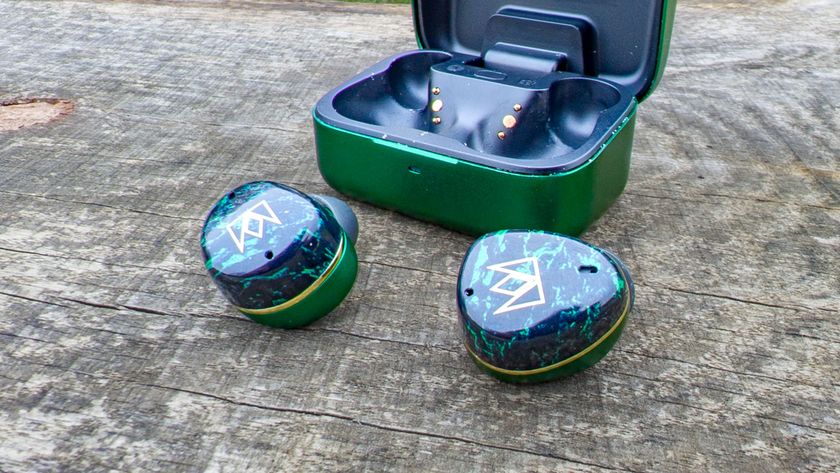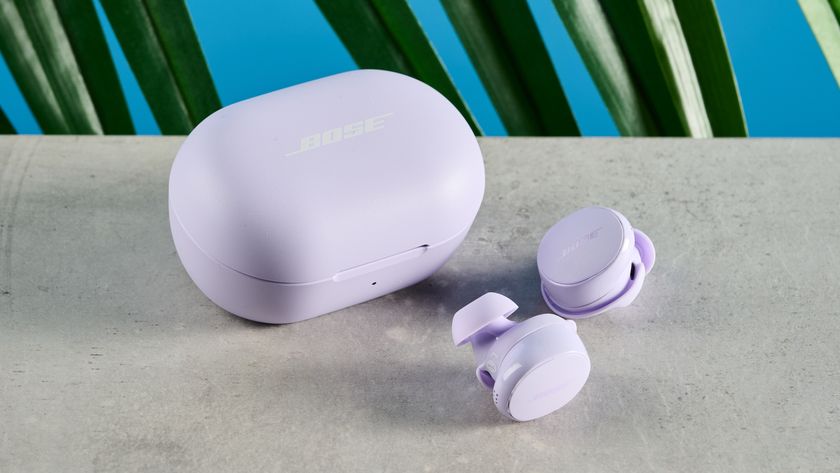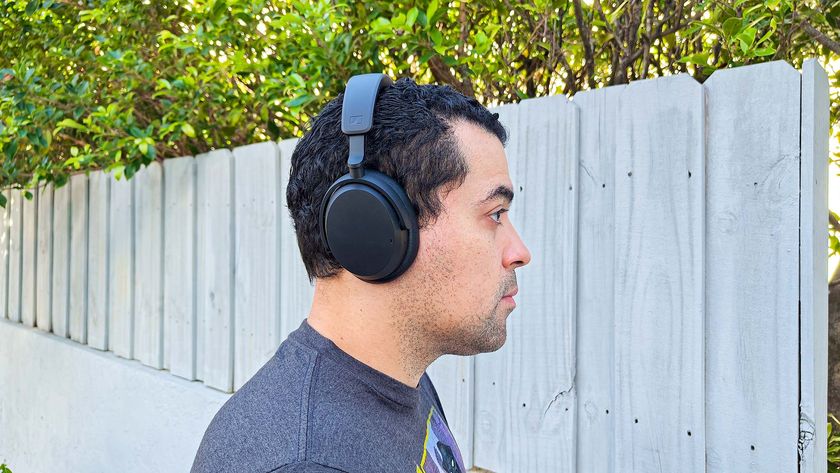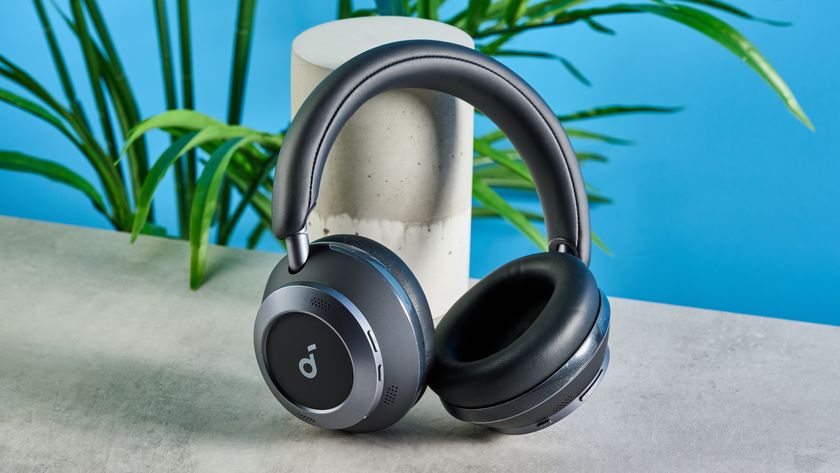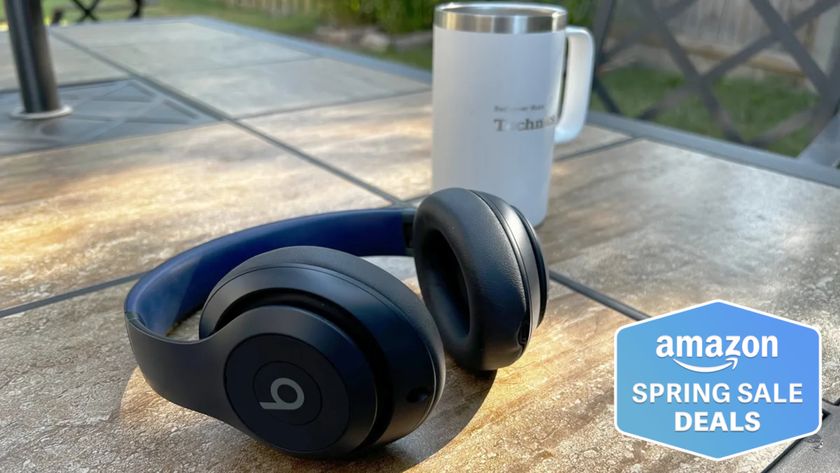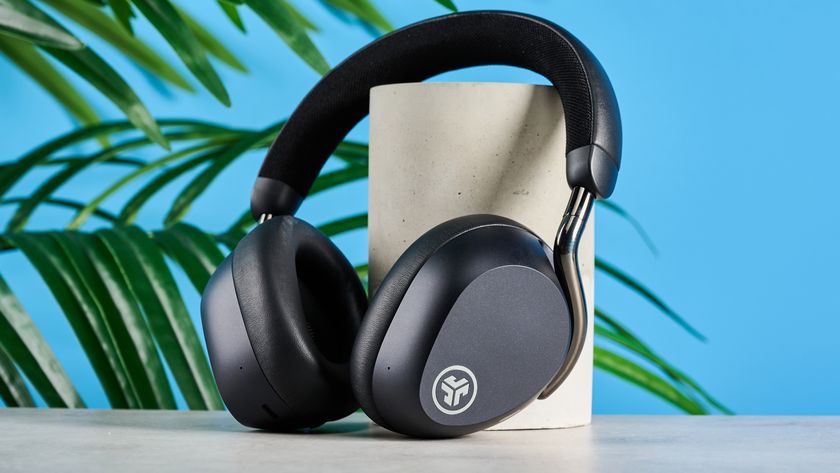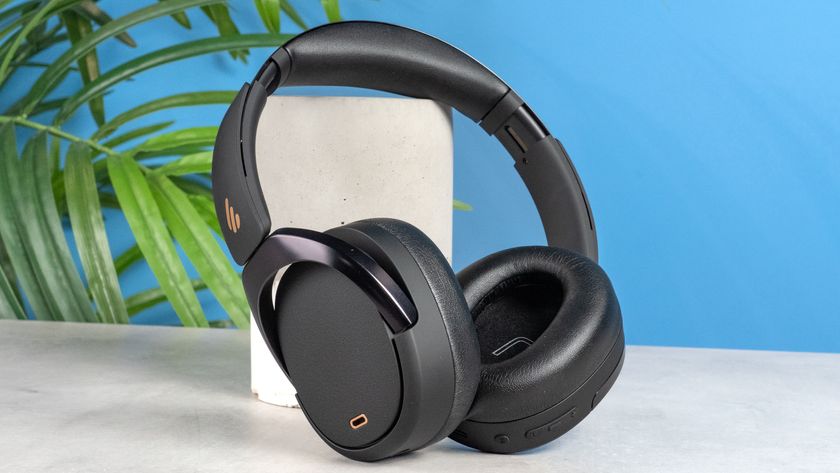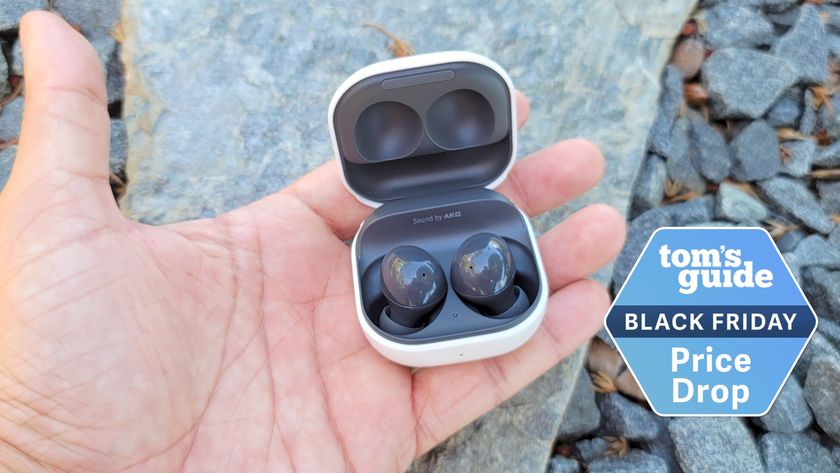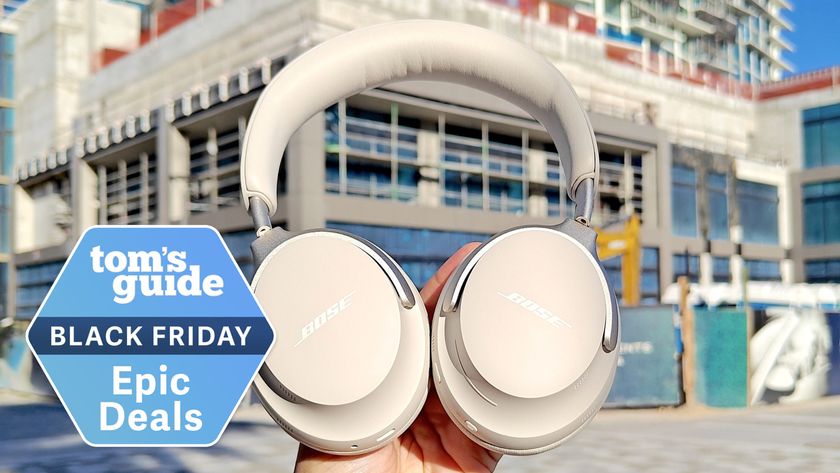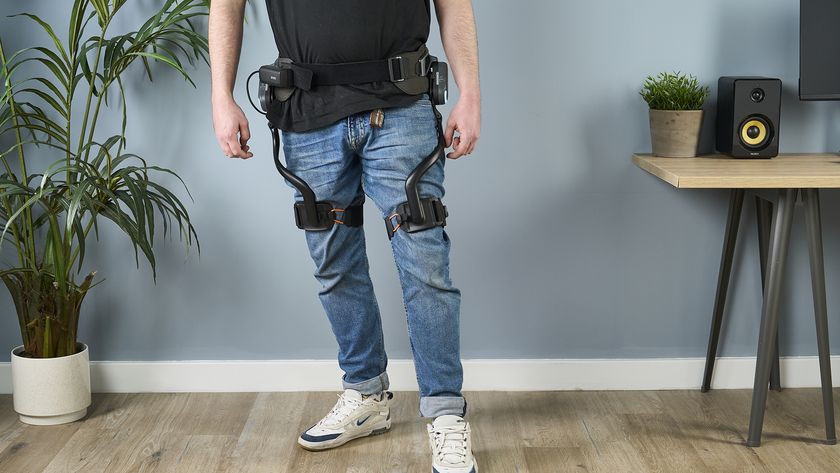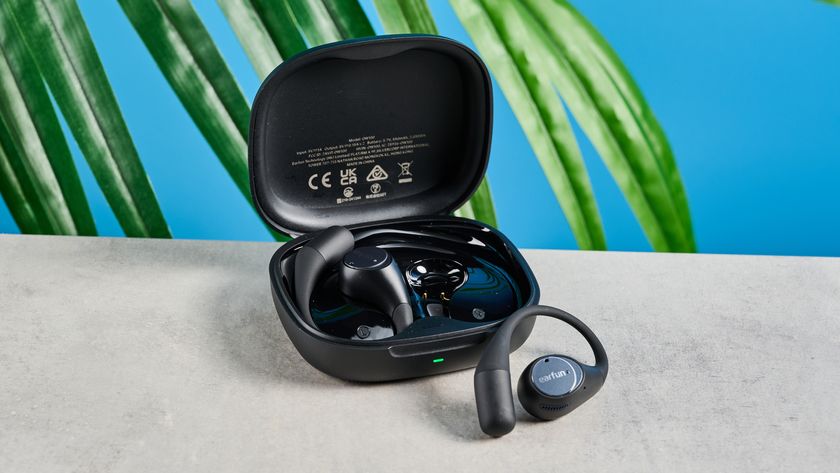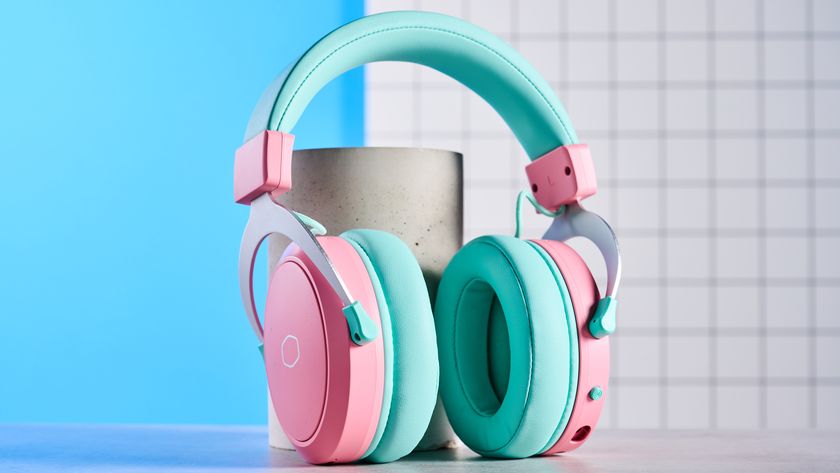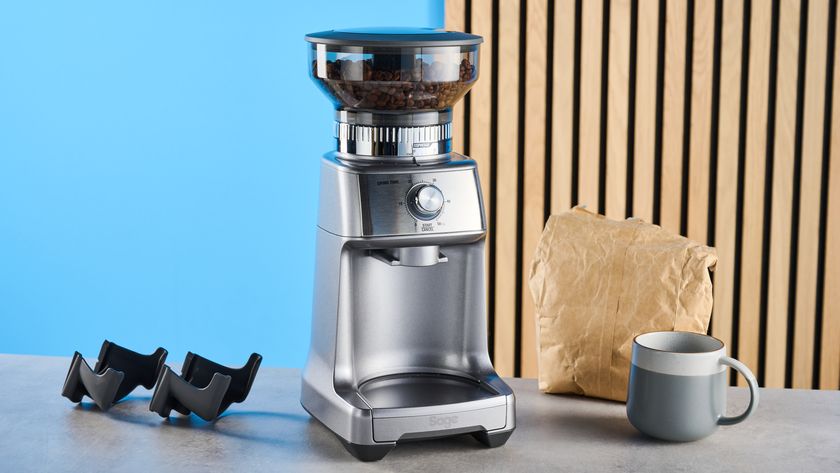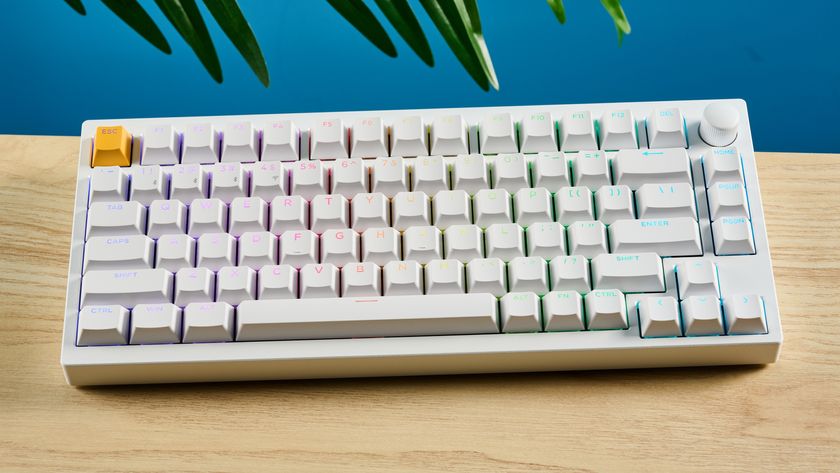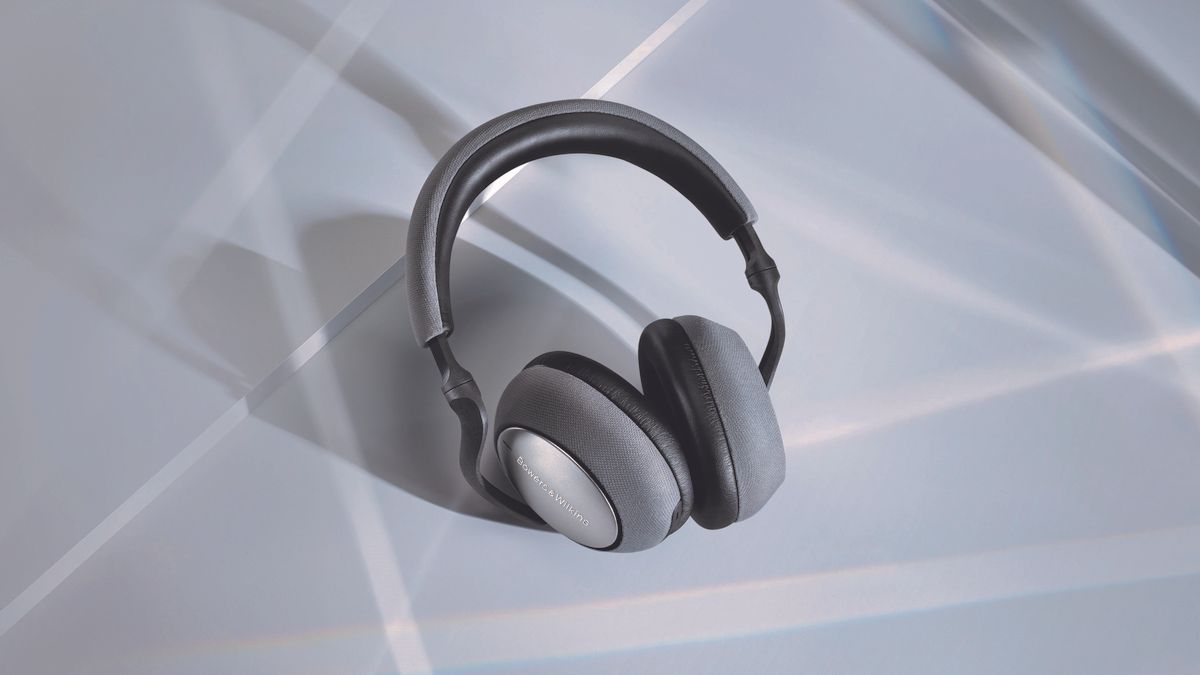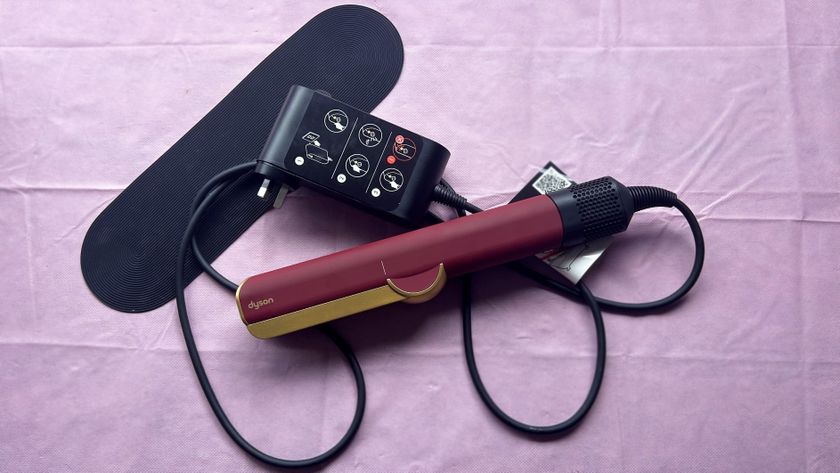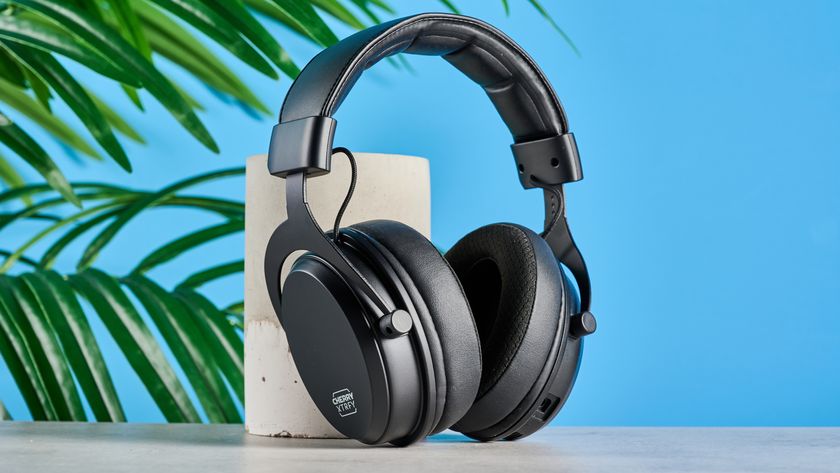Tom's Guide Verdict
The Bowers & Wilkins' sound quality performance here is so enjoyable, it’s possible to overlook the things the PX7 go without
Pros
- +
Dynamic, balanced and engrossing sound
- +
Worthwhile noise-cancellation
- +
Tactile and covetable
Cons
- -
Low feature count
- -
Can sound a touch spiky with high-compression files
Why you can trust Tom's Guide
Colors: Space grey; silver; carbon
Battery life (rated): 30 hours (ANC on), 33 hours (ANC off)
Connectivity: Bluetooth 5.0
Processor: Qualcomm QCC5100
Size: 3.1 x 6.9 x 8.7 inches
Weight: 11 ounces
It’s not rocket science, is it? The Bowers & Wilkins PX7 combines expensive-looking and -feeling materials, flawless build and finish, and utterly engrossing sound to serve up one of the best value wireless over-ear headphones around. They don’t do everything some rivals do — more thorough noise-cancellation, as well as greater ergonomic functionality, can be found elsewhere. But nevertheless, the PX7 are fully deserving of your close attention.
Bowers & Wilkins PX7 review: Price and availability
Even though there are rumors circulating of a PX7 S2 version of the flagship noise-cancelling headphone potentially on the horizon, there are plenty of reasons why the current model is still worthy of your attention. Priced at $400 and available directly from B&W as well as retailers including Amazon and Best Buy, the PX7 are available in space grey, carbon or silver finishes (which can just as easily be described as mid grey, dark grey or light grey).
They may be more costly than some active-noise cancelling models we've seen, but for sound quality performance alone they're worth it.
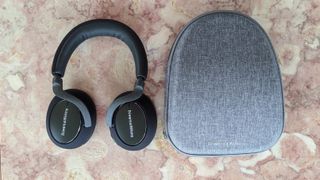
Bowers & Wilkins PX7 review: Design
No one in their right mind messes with the design template of over-ear headphones — so Bowers & Wilkins has done the predictable and sensible thing with the PX7. They look like a premium pair of wireless over-ear headphones (and the bold ‘Bowers & Wilkins’ branding on the outside of each earcup only helps that impression).
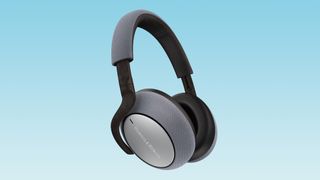
The fabric covering the outside of the earcups and headband is tactile and hard-wearing. They’re joined together by woven carbon-fiber arms, and while there’s not a huge amount of articulation in the frame it folds flat enough to fit into a fairly compact carry-case. The overall impression is of a well-engineered, properly constructed product.
Bowers & Wilkins PX7 review: Comfort and fit
The earpads and the inside of the headband are padded with faux leather-covered memory foam, and as a consequence the PX7 are both pleasantly comfortable and slow to absorb body heat. The light 11 ounce weight ups the comfort quotient, and the amount of clamping force is very nicely judged. Some over-ear headphones cling to the sides of the wearer’s head like limpets, but that’s not the case here.

Bowers & Wilkins PX7 review: Controls
Unlike virtually every price-comparable rival, the PX7s go without touch controls and voice-assistant interaction. All the controls here are physical, and they’re mostly around the edge of the right earcup. There’s control for ‘power on/off/Bluetooth pairing’, ‘play/pause’ and ‘skip forwards/backwards’ along with a USB-C input and an 3.5mm analogue input should the worst happen where battery power is concerned. A couple of mics are embedded too. Over on the left-hand side, meanwhile, there’s a single button that allows you to scroll through your active noise-cancellation options (‘auto/low/high/off’).
Bowers & Wilkins PX7 review: Sound quality
Behind each earcup there’s a 1.7-inch full-range dynamic driver in charge of serving up sound. And in broad terms they do so with real expertise.
The most immediately striking aspect of the PX7 sound is its energy and animation. No matter if you’re listening to a poverty-spec stream from Spotify’s free tier or a full-on, full-fat MQA-powered Tidal Masters file, the overall impression is of exuberance and enthusiasm.
Naturally, the bigger and more information-heavy the file you’re listening to, the more the Bowers & Wilkins enjoy it. They demonstrate really impressive commonality where tonality is concerned — from the deepest, punchiest low frequency information to the brightest, shiniest top end, they serve up music with a really convincing impression of unity and singularity. Bass sounds have weight and momentum — they hit hard but don’t overstay their welcome and keep well out of the way of the midrange above them. The midrange itself is chock-full of detail, which means chock-full of character and expression where vocalists of all kinds are concerned — the PX7 are enjoyably explicit in this respect.
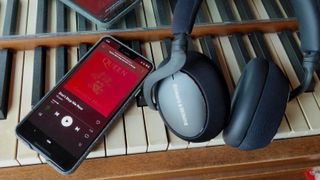
The soundstage they describe is big, well-organised and easy to follow. Big dynamic shifts don’t affect it, and they’re delivered with something approaching relish. And where rhythms are concerned, the PX7 aren’t backward in coming forward — they express rhythms in a naturalistic and persuasive manner.
The active noise-cancellation here is effective and pleasantly undemonstrative - even when set to ‘high’ there’s no suggestion of a shift in tonality or a counter-signal being introduced. Admittedly the PX7 can’t deliver the inky blanket of silence the most capable alternatives can (Bose and Microsoft in particular), but the Bowers & Wilkins are nevertheless able to negate the background drone of the vehicle you’re travelling in (or the background drone of its other passengers).
Really, about the only area of performance which is deserving of a less-than-flattering mention concerns the top of the frequency range. Give the PX7 the right stuff to work with (a big hi-res file, in other words) and treble sounds are rapid, substantial and nicely balanced. Let the quality of your digital audio file drop, though, and the Bowers & Wilkins become noticeably less tolerant. The top end can get just a little spiky and unforgiving, and this hardness only gets more pronounced as you ramp up the volume.
Bowers & Wilkins PX7 review: Battery life
Just 15 minutes hooked to mains power via the USB-C socket is enough to keep the PX7 working for five hours or so. Fully charge the battery and should be good for 30 hours of wireless playback with ANC switched on. These are numbers that compare very favorably with the Bowers & Wilkins’ most high-profile rivals.
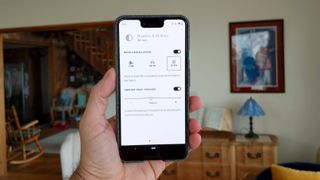
Bowers & Wilkins PX7 review: Call quality and connectivity
Wireless connectivity is via Bluetooth 5.0, naturally, and here it’s compatible with SBC, AAC and aptX Adaptive codecs. aptX Adaptive combines aptX HD’s willingness to deal with high-resolution digital audio files with the low latency of — hey! - aptX Low Latency. Basically, you should be able to listen to the most information-rich audio files and enjoy perfect syncing better sound and images when watching video content.
Of the PX7’s total of six mics, two are devoted to telephony to ensure clear, coherent call quality. And sure enough, in any conditions short of ‘wind tunnel’ the Bowers & Wilkins make receiving and making calls an entirely stress-free process.
Bowers & Wilkins PX7 review: Verdict
At $399, the PX7 are neither anyone’s idea of a bargain nor short of rivals. The lack of control niceties and/or adjustable EQs isn’t going to endear them to some prospective customers, either. But if it’s the fundamentals of sound quality that appeal to you most of all, the PX7 are basically a compulsory audition.
Simon is a freelance technology journalist and consultant, with particular emphasis on the audio/video aspects of home entertainment. Before embracing the carefree life of the freelancer, he was editor of What Hi-Fi? – since then, he's written for titles such as Wired, Metro, The Guardian and Stuff, among many others. Given time, Simon likes nothing more than publishing and then quickly deleting tweets about the state of the nation (in general), the state of Aston Villa (in particular) and the state of his partner's cat.

